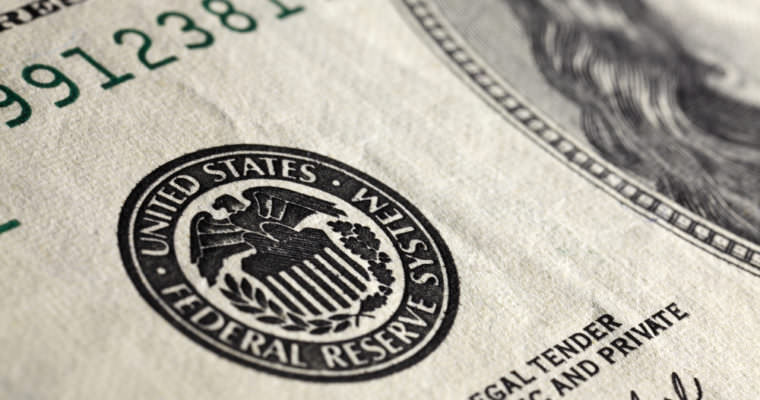
Join our community of 10 000 traders on Hacked.com for just $39 per month.
Christine Smith, a content strategist with the Federal Reserve Bank of St. Louis, suggests bitcoin is less “exotic” and more boring than people may think. Bitcoin’s two use cases are as a store of value and a currency, the latter of which Smith uses to argue a trio of reasons why the leading digital currency is no different than “regular currency.”
Backed by Nothing
Bitcoin, like the US dollar, isn’t backed by any physical asset like gold. Its value is a consequence of the demand that people place on it, which has currently catapulted the price to about the $9,300 level.

Smith cites Fed economists who previously argued that “bitcoin units have no intrinsic value,” adding that neither does the US dollar, euro or Swiss franc. For instance, paper money is comprised of cotton and linen, which makes it cheap to make.
The US government abandoned the gold standard during the Depression and removed its international ties to the system in the seventies. Since that time, fiat money issued by the Federal Reserve isn’t backed by gold, but your money is still valuable.
While bitcoin is debated to be characterized as a currency, asset or investment, Smith says regardless of how you slice it, “bitcoin units have no intrinsic value.”
Finite Supply
Her next argument is tied to the finite amount of bitcoin that will ever be created. As CCN’s recent reminder said, there’s only 21 million bitcoin in total supply. The supply/demand dynamics of bitcoin and other cryptocurrencies and “shocks” in the demand is what leads to the volatility that this market experiences.
Meanwhile, contrary to popular belief, the Fed doesn’t print money, Smith notes, but instead “increases or decreases the monetary base” (banks’ reserve balances + money in circulation). There’s $1.63 trillion in US currency in circulation, as of the Q1 2018, most of which is comprised of Federal Reserve notes. Smith says that while it may be hard to believe, “scarcity” is at the core of the Fed’s strategy for stability in the monetary system, as “to maintain its value, money must be in limited supply.”
Decentralized
Lastly, she evoked Satoshi Nakamoto’s vision –
“A purely peer-to-peer version of electronic cash would allow online payments to be sent directly from one party to another without going through a financial institution.” — Satoshi Nakamoto’s white paper
While the decentralized nature of bitcoin is what differentiates it from fiat currencies, Smith observes a similarity in the way that cash is spent, “requiring no intermediary to process a transaction.” She concludes with the anonymity feature that is associated with cash.
As for bitcoin, while its founder remains anonymous, its transactions are recorded on a public ledger that’s traceable.
Featured Image from Shutterstock
Follow us on Telegram.
Advertisement
